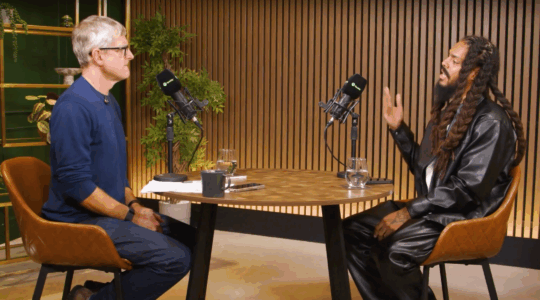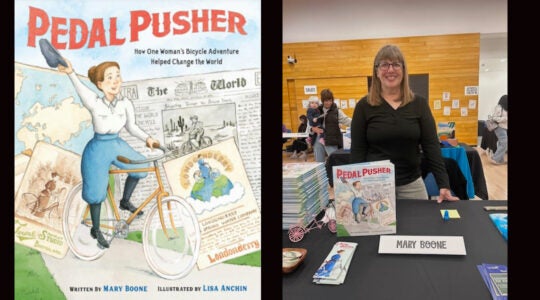I used to be one of the 48 percent.
Not to be confused with the 47 percent, who Mitt Romney famously mocked in 2012 for believing “the government has the responsibility to care for them,” the 48 percent are the proportion of American Jews who, according to the Pew Research Center’s recent study of American Jewry, do not know the Hebrew alphabet.
They — not to mention the 90 percent who can’t carry on a conversation in Hebrew — are among the targets of a new Hebrew Language Council I wrote about this week, an effort to raise the profile of Hebrew, professionalize the field and enhance communication among the various Hebrew-education initiatives in the United States.
The product of a secular upbringing, I never attended Hebrew school. Until I decided to spend a college semester at Tel Aviv University, my Jewish education was mainly gleaned from myriad Holocaust books and a year of membership at Kosher Co-op, a college dining cooperative I had joined in order to escape the militantly vegan leaders of another dining cooperative. My Hebrew vocabulary was limited to “shalom,” and I couldn’t distinguish a gimmel from a nun on the dreidel.
So, when I arrived in Israel the January of my junior year, I didn’t fill out more than the name and date blanks on the Hebrew placement exam: It was obvious that I belonged in the lowest level of ulpan. This did not bother me, as I was confident that after four months in the Jewish state, I’d be fluent. I did not become fluent, and still am not, although in the more than 20 years that have elapsed, I have become one of the 13 percent who understand “most or all of the words” when I read Hebrew, and the elite 10 percent who can carry on a conversation in Hebrew. Since that semester in Tel Aviv, I’ve taken college Hebrew classes, participated in a kibbutz ulpan, lived in Jerusalem for a year and taken an intensive class at the JCC in Manhattan. I recently started listening to Israeli radio on my smartphone while I’m at the gym, and I’ve been teaching conversational Hebrew to my 10-year-old daughter, who has the misfortune of being exposed to my horrible accent.
There are pluses and minuses to the way I’ve learned Hebrew. Because so much material was crammed into my initial class, and I was scrambling to learn reading, writing and comprehension all at once, I never mastered the order or even the names of all the letters in the alef-bet, something that can be embarrassing when I help my kids with their Hebrew reading and that makes dictionary look-ups challenging (or at least did, until I started looking everything up on the computer instead). On the other hand, I never slogged through tedious Hebrew school classes (which, unfortunately, my daughter has done), and learning Hebrew has always felt both exciting and practical.
Proficiency in Hebrew has enriched my life. Facility with Hebrew makes reading the Bible and other texts, and even following along in a prayer book or as someone chants trope in synagogue, far more interesting. Learning Hebrew enabled me to jump to the front, or at least the middle, of the line in feeling like a Jewish insider. It also is not as difficult as many people think it is — certainly easier than Arabic (which I tried to learn once) and Mandarin.
It will be interesting to see if the new council is able to get more American Jews to cross over from the 48 percent. The greater Hebrew literacy could enrich American Jewish life; if nothing else it would give me more people with whom to chat.
JTA has documented Jewish history in real-time for over a century. Keep our journalism strong by joining us in supporting independent, award-winning reporting.





